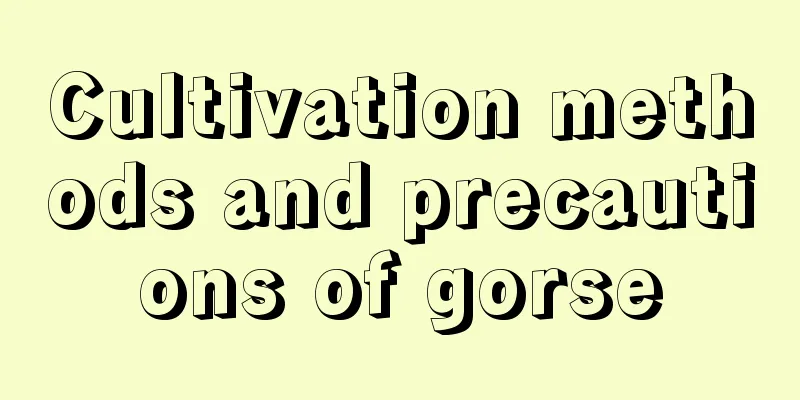What are the functions of mosses?

Ecological functionPrevent soil erosionMoss plants have a strong ability to absorb water, and grow very densely and rapidly, generally in dense clusters. The amount of water they absorb can sometimes reach 15 to 20 times their dry weight, thus helping to prevent soil erosion. Promotes soil formationDuring the growth process, moss plants secrete an acidic substance that dissolves the rock surface. At the same time, they continuously accumulate substances and moisture in the air, prompting the gradual formation of soil on the rock surface. The moss covering the soil surface can also prevent soil erosion and protect the formed soil. Indicator function to detect air pollution levelThe leaves of mosses are single-cell structures, and toxic gases can easily invade the leaf cells, causing the mosses to be unable to survive. Therefore, based on the sensitivity of mosses to toxic gases, observing the growth of mosses can be used to detect the air quality of the surrounding environment. It is generally difficult to find them around heavily polluted towns or factories. Economic functionOrnamental valueMoss plants have a unique natural beauty. They grow densely, like a green velvet carpet drooping on the soil. They are very interesting and bring a calm and comfortable sensory experience. Recently it has also been widely used in landscaping. Medicinal effectsMoss plants have a wide range of uses, in addition to the above, they also have medicinal effects. Relevant data show that there are many mosses from 18 families in the phylum Bryophyta that are known to be used for medicinal purposes, such as the Cucurbitaceae, Lanternaceae, Bead Mossaceae, etc. It has certain effects in the treatment of coronary heart disease, myocarditis, neurasthenia, mental illness, etc. |
<<: Which flowers are suitable for indoor cultivation?
>>: What is the function of firecracker flowers
Recommend
How to grow succulents in autumn
1. Watering Usually you can water more in autumn....
Watermelon rind has so many magical effects, saving you a lot of money on medicine
Cold 1. Leave some red soil on the watermelon rin...
Turtle breeding methods and technical points
The soft-shelled turtle has tender meat, rich nut...
Open-field cabbage planting technology and management (key points for cabbage seedling wintering management and cultivation)
Cabbage planting technology and management When p...
Can camellia trees be transplanted in winter? Will they survive if transplanted in winter?
Can camellia trees be transplanted in winter? Cam...
Flowers that cannot be killed by heat must be grown during the dog days of summer. The hotter it is, the more vigorously they bloom!
Sunflower Temperature limit: High temperature 40°...
These 6 flowers can grow into a waterfall in one year, saving you the trouble of curtains
Tsutsuga Iris is an annual herbaceous twining pla...
Large-flowered, fragrant rose varieties
1. Double Happiness When the Red Double Happiness...
Potato Frost and Freeze Protection Technology
The temperature is low in winter and potatoes are...
Camellia potted planting method
1. Cutting Cuttings are usually taken in spring a...
When is the right time to sow osmanthus?
Suitable time for sowing osmanthus Osmanthus is a...
Disease and Pest Control of Dendrobium sphericalensis
Types of pests and diseases Let’s talk about two ...
Can geraniums be transplanted in winter? When is the best time to transplant?
Can geraniums be transplanted in winter? Geranium...
How to propagate Michelia and what to pay attention to
Michelia reproduction method There are generally ...
Don’t throw away the cut onions, you will be delighted if you can turn them into three at once. It’s super easy!
Steps to grow onions Image source: Things About F...









